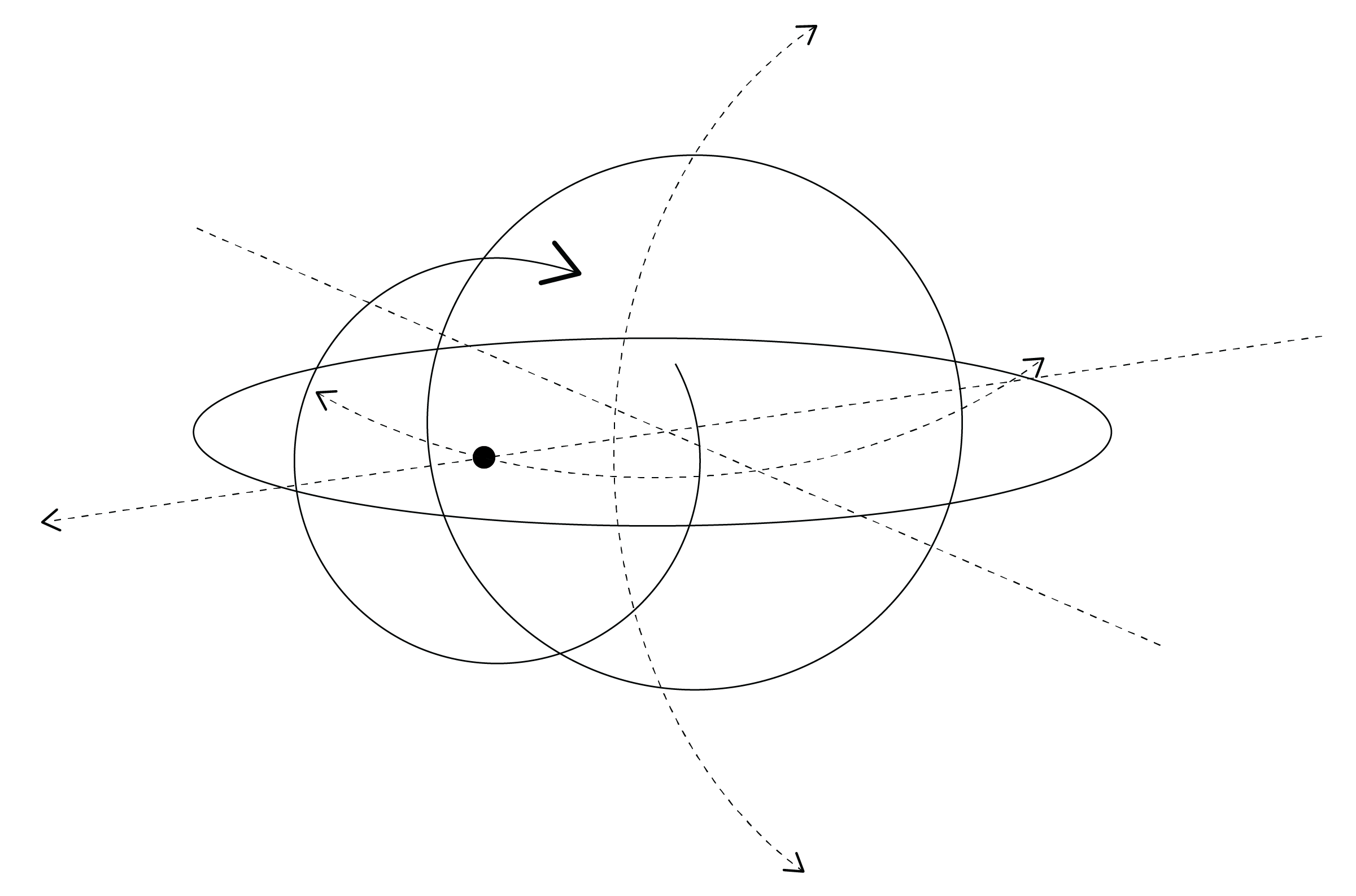Born from the obsessions of its creator(s), architecture is a perpetual work in progress. Although commonly understood as finished following construction, architecture exists simultaneously across multiple modes of equally valid representation (drawings, models, diagrams, etc.). These artifacts are perpetually recirculated and reinterpreted, making the “architecture” difficult if not impossible to define. This precarious disposition destabilizes the notion that architecture could ever be considered “finished”. Driven by obsession, ideas evolve through constant rumination and contemplation over both one’s own work and the works of others. The pressure to present finished work often masks important information uncovered in the process of design - the remnants of obsessions. The emergence of Instagram as a major format for architectural dissemination, however, combats this loss of information via the #wip (work in progress). Through its inclusion of admittedly unfinished products, #wip culture publicly displays the creative process, freeing architecture from the finality that its built form boasts and presenting a new medium through which to discuss and study architecture.
Previous methods of dissemination reinforced a fallacy of finality with carefully curated presentations (books, lectures, etc.) which showcase a distilled narrative. We now find ourselves playing a role in the exponentially expanding grid of Instagram, #wips are assigned the same level of importance as “finished” works, each having equal weight in an infinite scroll. The intimacies of architectural processes are being presented at an unprecedented level of publicity, thus opening a discourse internally driven by approval to a system of external “likes”. Once characterized by inside jokes and thoughts that circulated only within the community, architecture reaches out its hands to accept new members, new ideas, new readings of old projects as they are reposted. While we don’t expect the general public to livestream a roundtable at SCI_Arc, there is something about presenting a smaller part of a complex whole that stirs up curiosity. In this way, #wip is poking holes in the public perception of architecture.
#wip culture provides not only a method of sharing, but a new medium through which to study architecture. Drawings, images, and other works identified as a #wip have been intentionally presented as unfinished, demanding the viewer’s imaginative investment to explore and uncover perhaps otherwise hidden aspects of the work. In many cases, the interpretation of a #wip is left to guesswork, producing readings (and misreadings) that lead to new paths of exploration. A #wip, whether it be a MOS screenshot or a half-finished portrait, rejects representational finality and carries with it a narrative different than that of a polished artifact. Studying others’ #wips offers a multitude of end results--whether it be representational inspiration, a concept worth exploring, or insight into different modes of thinking--but the #wip additionally provides a viable lens through which to study one’s own work.
During the creative process, it is often the case that a designer suffers from tunnel vision, focusing only on a particular end result and overlooking the potential that initial or medial ideas have to offer. The act of producing in-progress images for sharing effectively gives creators the opportunity to step back and see their work in a new light. Commonly simplified to a snapshot in the process, the #wip can yield much more if the image is viewed with equal weight to that of a finished drawing. Studying one’s own #wip presents the potential to observe, react and reevaluate. These shared images, unrestrained by personal aesthetic, offer a certain amount of freedom for experimentation. It is in this vein that we as designers should pay closer attention to our own work in progress, analyzing each #wip as a standalone piece. How do we frame it and why did we choose this image to share, what latencies exist here that could be pushed further, developed into something more? Investigating these informal moments of sharing offers the opportunity to change the direction of one’s work, or result in a new project altogether.



Ultimately, the #wip is a byproduct of the increasing speed at which our culture operates, fulfilling a collective demand for content. While this medium is not a finished drawing, it is just as important in architectural discourse. It is part of a shift in the dissemination of architecture, in which the #wip is a valid and valuable means of studying and making. Despite its origin in a fast-paced, scrolling culture, the true potential of the #wip lies in slowing down and re-evaluating the design process as something that produces not only an idealized product, but also a series of thoughtful artifacts. This kind of close reading encourages the circulation and examination of our own work and that of others. Who’s to say exactly how a #wip can or should be used, but what a waste it would be to simply double tap and keep scrolling.


